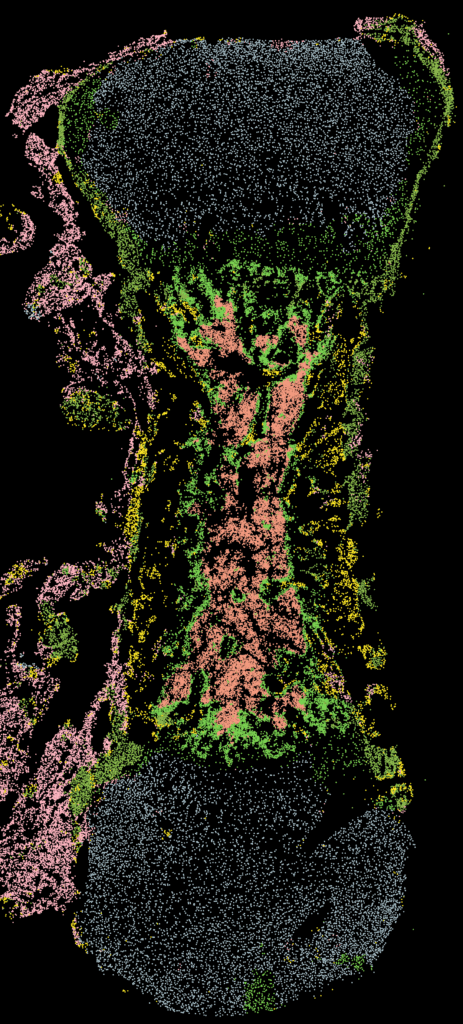How anatomical accelerometer placements impact vertical jump assessments
Collaborators

The use of wearable athlete monitoring devices has gained substantial popularity over the last decade. While force plate technology has been considered the “gold standard” for the assessment of vertical jump performance characteristics, it is unsuitable in practical settings due to its low portability, high costs, and requirement of specialized computer equipment for data collection and analysis.
“A possible solution may be in using accelerometer technology as an affordable and user-friendly testing modality,” said study lead author Damjana Cabarkapa from the Jayhawk Athletic Performance Laboratory at the University of Kansas, a Wu Tsai Human Performance Alliance Innovation Hub. “However, a critical factor that needs to be considered when using this technology is anatomical placement, which could impact the accuracy of the data obtained.”
In a study published in Sports, Cabarkapa and colleagues examined how anatomical accelerometer placement impacts the biomechanical characteristics of a vertical jump with and without an arm swing when compared to force plate technology.

Seventeen healthy participants were recruited for the study, and their vertical jumps were assessed using anatomical accelerometer placements on the abdomen, chest, hip, and upper back. When performing a vertical jump without an arm swing, these accelerometer placements displayed similar peak concentric force (PCF) values to those obtained from the force plate system. However, the chest placement tended to underestimate peak landing force (PLF), while the abdomen placement overestimated vertical jump height (VJH).
Interestingly, when participants performed a vertical jump with an arm swing, the accelerometer placements at the abdomen and hip yielded higher PCF values compared to the force plate system. Conversely, there were no significant differences in PCF when using the chest and upper back placements. While no differences were observed in VJH between different accelerometer placements and the force plate system, PLF was lower for the abdomen, chest, and upper back locations.
Overall, said Cabarkapa, “these findings may help strength and conditioning professionals and sports scientists to select appropriate anatomical locations when using accelerometer technology to monitor vertical jump performance characteristics in sport-specific settings.”
This work was conducted by an Alliance Innovation Hub, which translates the Alliance’s scientific discoveries into practice to help improve the training, care, and performance of athletes. The Innovation Hub at the Jayhawk Athlete Performance Laboratory focuses on the rapid development and deployment of new approaches for optimizing performance for basketball players and other athletes. Co-authors include Dimitrije Cabarkapa, Nicolas M. Philipp, Andrew C. Fry.
Image credit: master1305/Adobe Free Images
Latest News

May 29, 2025
Is exercise before sleep linked with poorer sleep?

May 23, 2025
Skeletal stem cells key to stronger bones, better healing

March 13, 2025
Wu Tsai Human Performance Alliance Research Round-Up – March 2025
Get Engaged
Join our mailing list to receive the latest information and updates on the Wu Tsai Human Performance Alliance.
